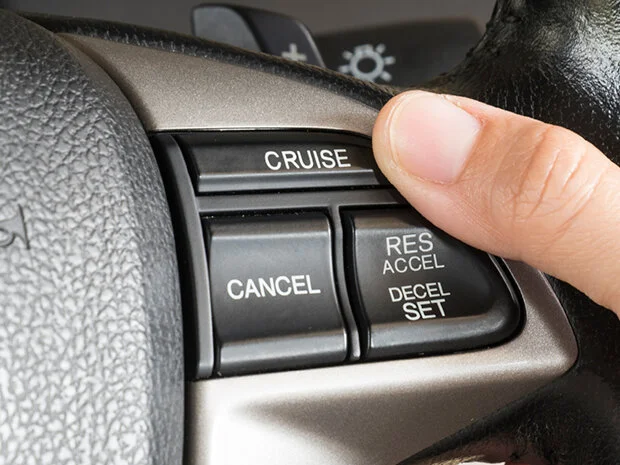Wouldn’t it be terrible if your eye had a hole in it? But, wait a minute – it does! That hole is called your pupil, the black part of your eye in the very center. Why is it black? That’s simple – there is nothing there, just a hole which allows light from whatever you are looking at to enter your eye.
Is There a Purpose to Beauty?
photo by Steve Holst
Beauty: Why Do We Appreciate It?
My mind seems to be wired for beauty. Without any conscious thought my eyes rivet themselves on beauty. Whether it’s the brilliant colors of a rose, a cascading waterfall, or sunlight reflecting off morning mist rising off a mountain lake, my eyes are drawn towards beauty. It’s the same with my ears. My mind will automatically block other sounds so I can capture every note of a bird song, the sweet mystic melody of a violin, or the gurgling of a mountain brook. My senses seem to crave beauty. Of course, it’s really my heart directing my senses which is doing the craving. I am not alone in this. Just think of how humanity flocks to majestic waterfalls in places like Yosemite, or how our homes and galleries are filled with the paintings and photographs of those who dedicate themselves to capturing the beauty found in nature.
Beauty: Where Did It Come From?
I think we would all agree that our appreciation of beauty depends on a three-fold cord of factors which all must be present. First, there must be beauty in this world (think of the shimmering beauty of a peacock’s feathers). Second, we must possess built-in hardware which can receive and transport these signals to a processing center capable of creating pictures and sounds from them (our senses and brain). Third, we must possess this intangible desire to recognize, appreciate, and surround ourselves with this beauty.
Why does all humanity share this attraction to beauty? Where did it come from? Evolutionists must explain this phenomenon by spinning an imaginative story. “This is simply the result of survival of the fittest. This attraction to beauty enabled our ancestors to survive and pass on their genes.” Really? How anti-climactic is that? There is another option.
Could it be that behind mankind’s attraction to beauty is a God who Himself delights in beauty? One who made us in His image to enjoy what He enjoys?
Brookings, OR - photo by Steve Holst
This seems to be a better explanation than that matter somehow arranged itself in our brains to give us this unique characteristic. (as far as I can tell animals are not mesmerized by gorgeous sunsets as we humans are) How can something so immaterial as an appreciation for beauty come about through material processes?
Beauty: What Is Its Purpose?
The next time you experience beauty that stops you in your tracks and resonates in your heart, stop to consider that God is behind it all. He is the One who designed the three-fold cord that allows you to experience beauty, like a master musician who knows how to pluck the right strings to bring you a sense of wonder and joy. So, what is the purpose of beauty? Think of what you experience in your heart as you behold the Milky Way on a summer night above a mountain lake. Beauty is God’s invitation to you to turn your thoughts to Him, His way of letting you know He cares and wants a relationship with you.
Photo by Sarah Holst
What's In A Breath? #7 Solving the Transformation Problem - Baby's First Breath
Just like butterflies and frogs, babies go through a transformation. Theirs takes place in the first 30-60 seconds after birth. In this critical and short period of time lungs which have been filled with fluid must be emptied, blood which had been diverted must be rerouted back to the lungs, and the breathing center must initiate that first breath. Join us as we take a journey through this incredible transformation.
What's In A Breath? #6 Solving the Trash Problem
Did you know that what you breathe out is just as important as what you breathe in? We have learned that inhaling oxygen in each breath is vital to our existence– we die within minutes without this precious gas. In this article we’ll unravel how what we exhale (breathe out) is just as critical for our survival.
What's In a Breath? #5 Solving the Control Problem - Part 2
If you were going to “install” gas detection sensors (called chemoreceptors) in the body, where would you put them? What cells in the body should have top priority to sufficient oxygen levels? Let’s think for a moment – hey, what about the big guy upstairs? Though our brain only makes up 3% of our body weight, it burns 20% of our energy. Why is it such a pig?
What's In A Breath? #5 Solving the Control Problem - Part 1
Cruise control makes the job of driving easier. It’s pretty obvious that the minds of the some of the best engineers have been and will continue to be busy imagining and designing automated systems which make the job of driving easier. How does this relate to breathing? The Engineer of our body has made automatic breathing controls “standard equipment” for all models! These controls, located in the brain stem, can automatically adjust our speed of breathing to whatever we’re doing at the moment, so that we can really “cruise” down the highways and byways of life in style.
What's In a Breath? #4 Solving the Delivery Problem
What's In a Breath? # 3 Solving the Numbers Problem
Now that we have air in our lungs, that’s pretty much the whole story, right? Wrong! We’re just beginning the real adventure – the journey those oxygen molecules take as they travel to each of our cells. In this article we’ll begin to understand the huge number of molecules involved in each breath, and the marvelous design features of the lungs which allow us to handle all of them.
What's In A Breath? # 2 Solving the Air Pressure Problem
Our next job is to tackle the question, “How does the oxygen in our atmosphere get inside of our lungs so it can begin its journey to the mitochondria in each cell of our body to perform its life-saving work?” “That’s easy ”, you say. “We breath it in!”. You are right, but it’s not as simple as that.
What's In A Breath? How Breathing Keeps Us Alive
We’re going to tackle the trickiest question right away – why do we need to breathe? As a teacher I’ve hear many answers to this question which usually go like this: “We need to breathe to keep us alive”. True, but what I want to know is HOW breathing keeps us alive. Once you can answer this question your appreciation for breathing will increase dramatically.















